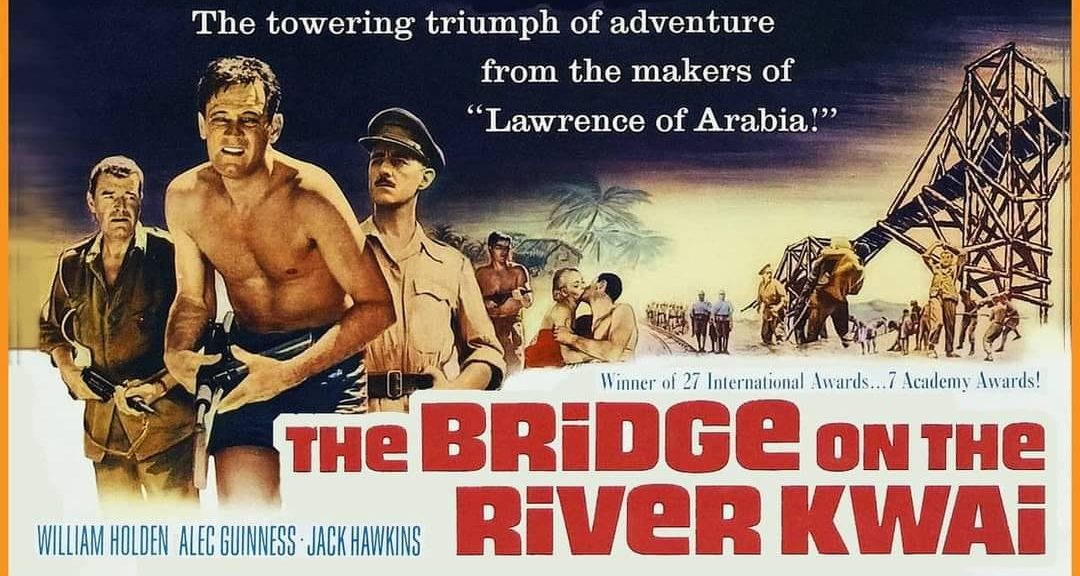The Bridge on the River Kwai: A Masterful Tale of Duty, Honor, and Madness

“The Bridge on the River Kwai,” directed by David Lean and released in 1957, is a cinematic masterpiece that delves into the complexities of war, leadership, and human endurance. Based on the novel by Pierre Boulle, the film is set during World War II and tells the story of British prisoners of war forced by their Japanese captors to build a railway bridge in Burma, which would assist the Japanese war effort. The film’s compelling narrative, stunning visuals, and powerful performances make it a timeless classic.

At the heart of the story is Colonel Nicholson, portrayed by Alec Guinness in an Oscar-winning performance. Nicholson is a rigid, by-the-book officer who takes immense pride in military discipline and British engineering prowess. His complex character arc is one of the film’s greatest strengths, as he moves from stubborn defiance of his captors to a misguided obsession with the bridge’s construction, viewing it as a testament to British ingenuity rather than a contribution to the enemy’s war effort.

Opposite Nicholson is Colonel Saito, played by Sessue Hayakawa, the Japanese officer in charge of the POW camp. Hayakawa delivers a nuanced performance, portraying Saito as both a strict disciplinarian and a man burdened by his own sense of honor and duty. The psychological duel between Nicholson and Saito forms the backbone of the film, highlighting themes of pride, honor, and the clash of cultural values.

William Holden plays Commander Shears, an American POW who escapes the camp only to be coerced into returning on a mission to destroy the very bridge Nicholson is determined to build. Holden’s performance adds another layer to the film, showcasing the desperation and survival instincts of a man caught in the brutal realities of war.